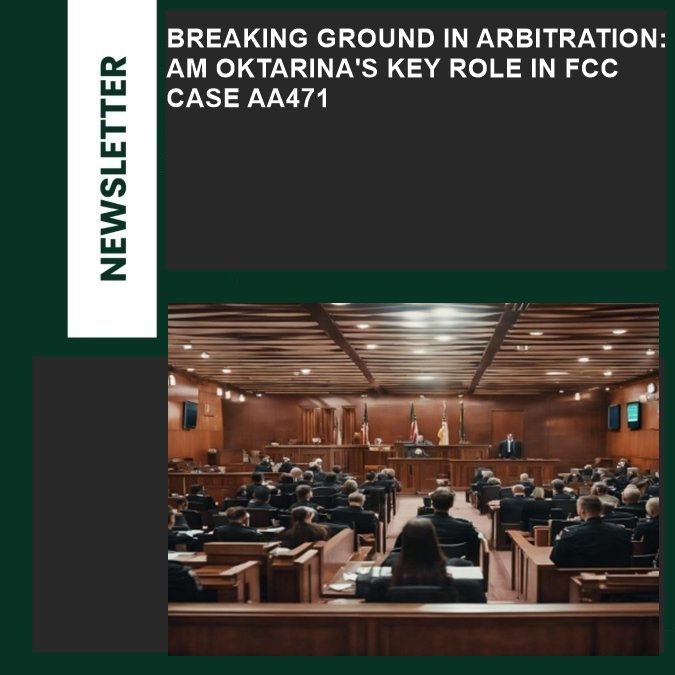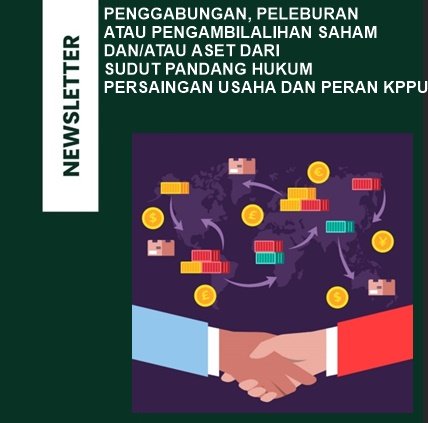Marriage Regulations of Different Religions and Beliefs in Indonesia: An Analysis
From: A.M Oktarina Counsellors at Law Contributors: Ricki Rahmad Aulia Nasution, S.H., Pramudya Yudhatama, S.H., Khaifa Muna Noer Uh’Dina, S.H., Raysha Alfira, S.H., Putri Shaquila, S.H. Reviewer: Noverizky Tri Putra Pasaribu, S.H., L.L.M (Adv). Background Marriage of different religions and beliefs in our country is certainly not new. This has become a practice that we often encounter in society for a long time. Of course, this reaps pros and cons from various walks of life. Various opinions and assumptions arise regarding marriage of different religions and beliefs, so how do Indonesian regulations respond to it? This needs to be reviewed both in terms of history and positive legal history that governs it. Legal Basis Constitution of the Republic of Indonesia Year 1945. (“1945 Constitution“) Law Number 1 of 1974 concerning Marriage. (“Law No. 1/1974“) Law Number 23 of 2006 concerning Population Administration. (“Law No. 23/2006“) Regeling op de Gemengde Huwelijken. (“GHR“) Compilation of Islamic Law. (“KHI“) Supreme Court Circular Number 2 of 2023 concerning Guidelines for Judges in Adjudicating Cases of Petition for Registration of Marriages Between People of Different Religions and Beliefs. (“SEMA No. 2/2023“) In this dynamic of marriage of different religions and beliefs, we need to research and look at the history of regulation. Long before the issuance of Law No. 1/1974, marriages of different religions and beliefs had been regulated in Regeling op de Gemengde Huwelijken Koninklijk Besluit van 29 December 1896 No.23, Staatblad 1898 No. 158, issued by the Dutch Colonial Government. In GHR, it is explained about the Mixed Marriage Regulation with one of them referring to Article 7 paragraph (2) of GHR that reads: “Differences in religion, class, population or origin cannot be an obstacle to marriage.” Over time, the Indonesian government as a regulator enacted Law No. 1/1974, so with this, the provisions in the GHR were revoked and no longer valid as positive law in Indonesia. (as the link attached) So what is the definition of marriage itself today? We may refer to Article 1 of Law No. 1/1974 that reads: “Marriage is the inner bond between a man and a woman as husband and wife with the aim of forming a happy and eternal family (household) based on the Supreme God.” Furthermore, Article 2 paragraph (1) of Law No. 1/1974 stipulates as follows: “(1) Marriage is valid, if it is performed according to the laws of each religion and belief.” Regarding the prohibition of marriage, it may refer to Article 8 letter f of Law No. 1/1974 that reads: “Marriage is prohibited between two persons who: have a relationship that, by religion or other applicable regulations, is prohibited from marrying.“ Judging from the article above, Law No. 1/1974 has regulated the provisions for valid marriage, namely when it is in accordance with the laws of each religion and belief held by the prospective husband and wife, and also prohibits marriage that has been prohibited by their religion. Article 28B paragraph (1) of the 1945 Constitution also explains as follows: “(1) Everyone has the right to form a family and continue offspring through legal marriage.” The diction “through legal marriage” means that a person has the right to have a family provided that the marriage is valid in the eyes of the law and religion. In Indonesia’s positive law, there is no regulation that specifically regulates the prohibition of marriage of different religions and beliefs, so it may be said that there is still a legal vacuum and uncertainty. Regulation is only limited to returning these provisions to the religious law of each individual. Let us take an example in the religion of Islam. In Islam, marriage of different religions and beliefs is not allowed and the law is haram, where if a Muslim marries a partner of different religions and beliefs, then the marriage is considered invalid in the eyes of the religion and also automatically in the eyes of the law, because the law returns the provision to the rules of their respective religions. Regarding the prohibition of marriage of different religions and beliefs in Islam has also been regulated in Article 40 letter c and Article 44 KHI that reads: Article 40 letter c of the KHI: “It is forbidden to enter into a marriage between a man and a woman due to certain circumstances: a woman who is not Muslim.” Article 44 of the KHI: “A Muslim woman is forbidden to marry a man who is not Muslim.” Then today, there is a dynamic in practice, namely in 2022, there is a court decision from the Surabaya District Court that grants marriage petition of different religions and beliefs between Muslim men and Christian women. Previously, the Surabaya District Court had also granted 17 (seventeen) marriage petition for different religions and beliefs (as the link attached). In addition, the South Jakarta District Court also granted the petition for marriage of different religions and beliefs between Muslim and Catholic couples as registered in Case No. 53/Pdt.P/2023/PN Jkt.Sel, and granted permission for the petitioner to register his marriage at the Department of Population and Civil Registration (“Dukcapil“) of the South Jakarta Administration City (as the link attached). This then raises pros and cons in society. However, over time, the Head of the Supreme Court has issued SEMA No. 2/2023 that regulates guidelines for judges in adjudicating the registration of marriage petition of different religions and beliefs that regulates as follows: “To provide certainty and unity in the application of the law in adjudicating petition for registration of marriages between people of different religions and beliefs, judges must be guided by the following provisions: A valid marriage is a marriage carried out according to the laws of each religion and belief, in accordance with Article 2 paragraph (1) and Article 8 letter f of Law Number 1 of 1974 concerning Marriage. The court does
Marriage Regulations of Different Religions and Beliefs in Indonesia: An Analysis Read More »










